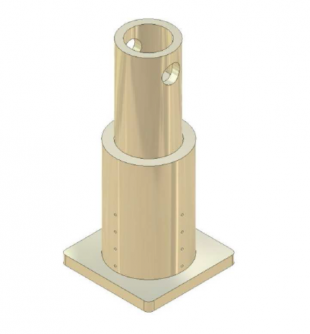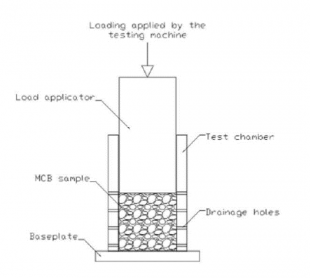Our research has focused on understanding the mechanical behaviour of bone graft through direct shear and confined compression experiments. A comprehensive constitutive model for morsellised cortico-cancellous bone has been developed permitting realistic material modelling of graft in finite element analyses. The studies also provide specific practical suggestions to the surgeons on graft preparation and the impaction technique [1].
References:
- Phillips ATM, Pankaj, Brown DT, , 2006, The elastic properties of morsellised cortico-cancellous bone graft are dependent on its prior loading, JOURNAL OF BIOMECHANICS, Vol: 39, Pages: 1517-1526, ISSN: 0021-9290




